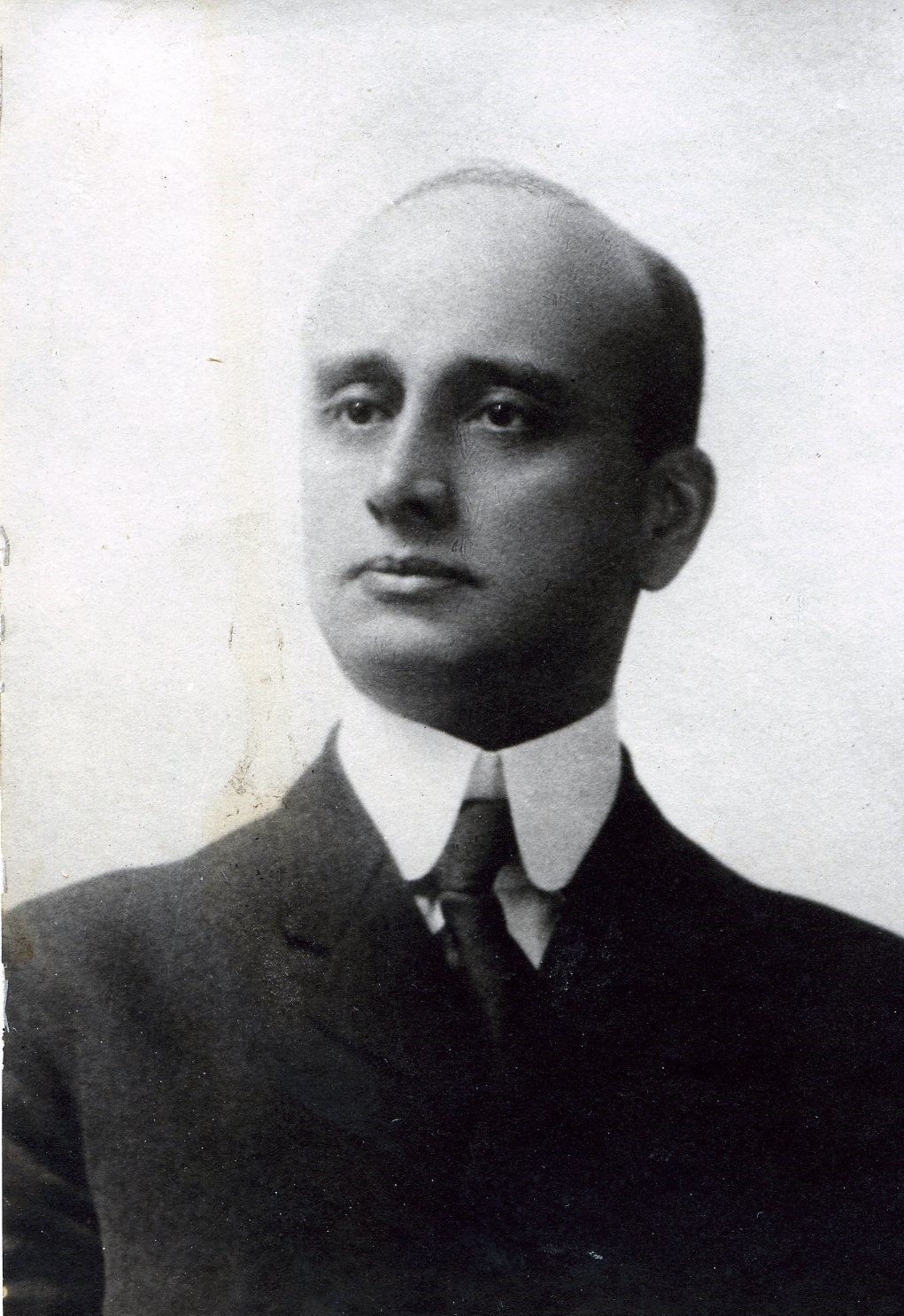Civil Engineer
Centurion, 1912–1938
Born 7 March 1862 in New York (Brooklyn), New York
Died 26 December 1938 in New York (Manhattan), New York
Buried Fresh Pond Crematory and Columbarium , Middle Village, New York
, Middle Village, New York
Proposed by Alfred P. Boller and Henry W. Hodge
Elected 6 April 1912 at age fifty
Century Memorial
It is hard to think of the Century without Edwin Seton Jarrett. For many years he had been a landmark of the long table, the billiard room, the library, the meetings. He had served on the Board of Management and on that most self-sacrificing of all bodies, the House Committee. Like all landmarks, he displayed a certain ruggedness of exterior that may have terrified new Centurions in their youth. Nor did the ruggedness of appearance altogether belie the nature within. Jarrett was a man of likes and dislikes and he made no pretense to the contrary for all his innate kindliness and warmth of affection. He was a ready debater in a joust of argument but seldom if ever retreated on the field of battle.
He had all the merits that ruggedness yields. That is to say, as his associates testify, he was more than scrupulous to fulfill his obligations whether those of business or other fields. When the affairs of a company turned against him, he insisted upon repaying and did repay all of the investments of friends for which he was not legally responsible but which had been made because of his connection with the enterprise. More than once, in the affairs of the company which bore his name, when it seemed that he might suffer great losses which he might legally and morally avoid, he stood ready to proceed without taking advantage of any means of escape. His friends testify to the same complete loyalty when no business obligation imposed. He quietly helped those who needed help among his friends and household without thought of recompense. Ruggedness, indeed, has its virtues.
His various companies, for the construction of foundations, bridges, docks, retaining walls, dams, etc., throughout the United States, were his first concern. But Rensselaer Polytechnic Institute at Troy—the oldest engineering school in any English speaking country and except for the Ecole Centrale in Paris, the oldest in the world—ran them a close race. While there he became a member of the Rensselaer Society of Engineers, a non-secret fraternity, and much of his interest as a graduate centered therein. Among other tasks he had charge of spending a large legacy (donated by another member) for the construction of a club-house. He chose Bertram G. Goodhue as the architect and for two years gave his aid and support to the execution of its distinguished design. The climax of his connection with Rensselaer came in 1935 when he was asked to take over the direction of the Institute as vice-president and acting president following the death of Dr. [Palmer C.] Ricketts. For three years he devoted himself to the task with complete fidelity and rare good judgment.
But his friends remember Jarrett as placing his last love, the Century, above all the rest. No engagement was too important or pressing if the Club called. To the last he was a familiar of the house. He will be long remembered there.
Geoffrey Parsons
1938 Century Memorials

